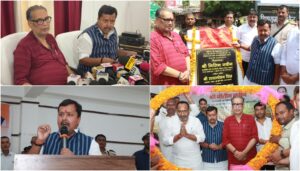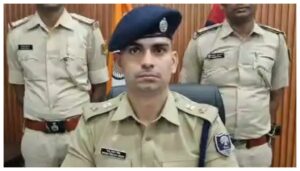
Patna: A fierce political tussle has erupted in Bihar over who deserves credit for the Narendra Modi government’s landmark decision to conduct a caste census across India. In Patna, the state capital, party workers flooded the streets with posters lauding their respective leaders for influencing the move — transforming a national policy announcement into a local political battleground.
Outside the Janata Dal (United) headquarters, a poster featuring Chief Minister Nitish Kumar stood prominently, declaring: “Nitish showed it, now the country has adopted it. Thanks to PM Modi, caste census, from Bihar to India.” The message framed Kumar as the visionary behind a long-standing demand, now embraced by the Centre.
However, rival parties were quick to stake their own claims. Just metres away, Rashtriya Janata Dal (RJD) supporters displayed a bold poster crediting party supremo Lalu Prasad Yadav and his son, Leader of Opposition Tejashwi Yadav. “People bow down, they need someone to make them bow down. Finally, the central government has accepted Lalu and Tejashwi’s demand,” it read.
Not to be outdone, the Congress staged a dramatic show of devotion to Rahul Gandhi. Outside their state office, party workers anointed his image with milk and hailed him as the force behind the Centre’s policy shift. A poster proclaimed that Gandhi’s consistent advocacy had finally borne fruit.
The BJP, however, insists that the credit lies squarely with Prime Minister Narendra Modi. Deputy Chief Minister and senior BJP leader Samrat Chaudhary dismissed opposition claims, pointing out that the demand for a caste census dates back decades. “When the proposal for caste census was passed in 1995–96, why was it not implemented?” he asked. “Lalu was part of the UPA government for ten years — what stopped him then?”
With each party eager to shape the narrative ahead of the 2024 general elections, the caste census — a policy matter once confined to administrative debate — has become a potent symbol of political legacy, regional pride, and electoral calculation.
As the Centre prepares for one of the most significant exercises in demographic mapping since independence, the question in Bihar isn’t just what has been done — but who did it first.





